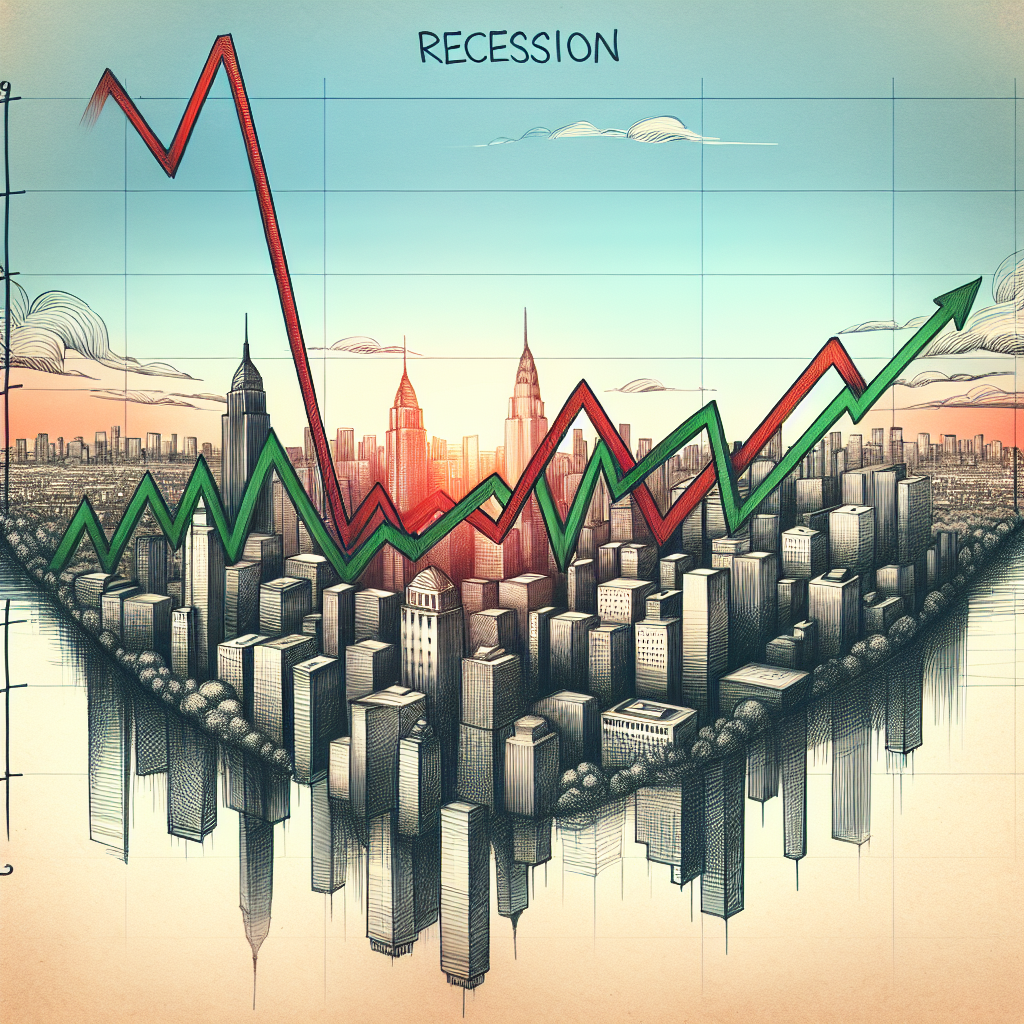Navigating the Economic Storm: The Complexities of a Potential U.S. Recession
The potential for a U.S. recession is shaped by economic policies and historical precedents. While some experts support short-term economic pain for long-term gains, history shows recessions incur significant costs. Unpredictable and inequitable in impact, they can result in decreased GDP, rising unemployment, and wider economic volatility.

The possibility of a recession in the United States is under intense scrutiny as economic experts debate the best course of action for future stability. Commerce Secretary Howard Lutnick contends that the short-term sacrifices could pave the way for President Trump's policies to solidify economic growth.
Recessions have historically been unpredictable, with their tolls unevenly distributed across different economic sectors. Typically characterized by a significant drop in GDP, the path to recovery varies, making it difficult to anticipate outcomes. Determining a recession involves tracking broad economic indicators, including unemployment and consumer spending.
While some argue that recessions can reset high inflation, they inevitably lead to increased unemployment and larger government deficits. These downturns can significantly impact minorities, amplifying economic disparities. Nonetheless, potential benefits such as price stabilization and lower borrowing costs could offer some silver lining.
(With inputs from agencies.)
ALSO READ
UPDATE 3-Judge orders Trump administration to preserve Yemen attack plan messages
Trump executive order on Smithsonian targets funding to programmes with 'improper ideology'
UPDATE 2-Trump targets WilmerHale in latest White House action against law firms
UPDATE 1-Trump orders elimination of 'anti-American ideology' from Smithsonian institutions
UPDATE 1-Trump signs order for increased police, more concealed carry in Washington










